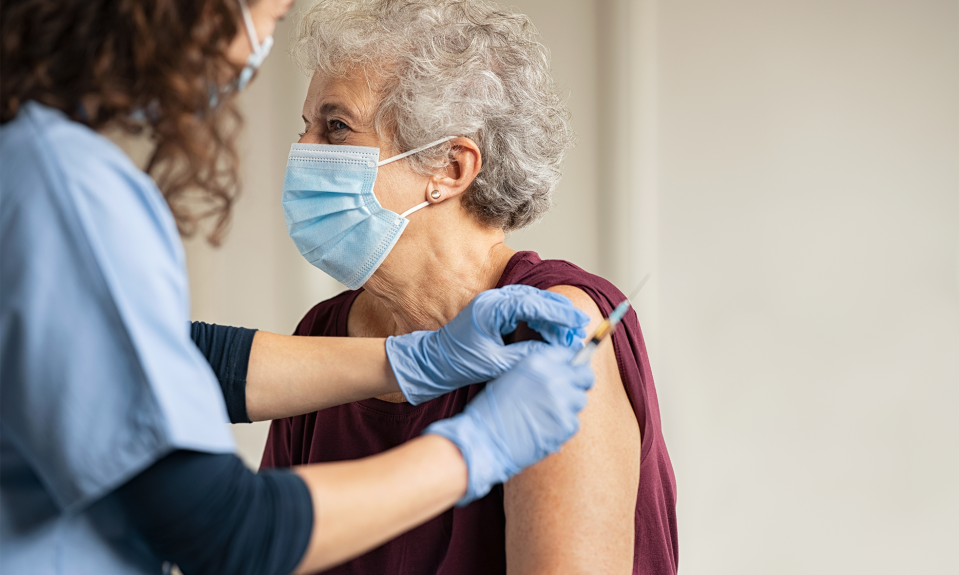After a rough start to the new year, we are finally starting to see a decline in COVID-19 cases nationwide. The CDC reported a 53 percent decrease in the number of positive cases the week of Feb. 2, so does this mean the pandemic could finally be coming to a close?
As we approach the two-year anniversary of the COVID-19 pandemic in March, many are wondering whether we are about to transition from a pandemic to an endemic, which means we may need to adjust to a life and world where COVID-19 is ever present. While it may sound ominous at first, there are reasons to be optimistic.
What Does Endemic Mean?
A pandemic is when a disease or condition is prevalent worldwide. Endemic refers to a disease or a condition that is regularly found among a population or region. The flu and common colds are examples of endemic viruses. A pandemic becomes endemic when the virus becomes manageable and arises in expected numbers in a given population. Often that occurs when treatments and vaccines become available to the general public, and natural immunity increases as more people are exposed to the virus.
The COVID-19 Vaccine is Doing Its Job
As more people get vaccinated and boosted, COVID-19 becomes more manageable. While no vaccine is 100 percent effective in preventing an infection, the vaccines for COVID-19 have been proven to dramatically reduce the likelihood of severe illness or death. The omicron variant has shown us that those who are vaccinated and boosted have good defenses against severe illness. Even if a vaccinated/boosted person, which the CDC refers to as being “up to date,” contracts COVID-19, symptoms are generally mild and hospitalizations and death are extremely rare.
Quarantine Times are Getting Shorter
Gone are the days where exposure to COVID-19 would have you in isolation for weeks. We know now that individuals are most infectious during the early stages of illness—typically one to two days before and after symptoms begin.
The CDC has reduced the quarantine time for COVID-positive individuals to five days. If they are asymptomatic or their symptoms are resolving after five days, the CDC recommends wearing a mask another five days to protect others. (These recommendations do not apply to healthcare workers.)
Those who are exposed to the virus but not testing positive, and who are fully vaccinated and boosted, no longer need to quarantine unless they develop symptoms, but they should wear a mask for 10 days after the last exposure. The CDC also recommends getting tested five days after the last exposure and watching out for symptoms. For those who are unvaccinated or not up to date with their vaccinations, the CDC recommends five days of quarantine followed by five days of masking and watching out for symptoms until 10 days after the last close contact with someone with COVID-19. Finally, if someone was exposed to a person with COVID-19 but had a confirmed case themselves within the past 90 days, quarantine is not necessary unless symptoms develop.
While COVID has thrown us many curve balls over these last two years, there is reason to be hopeful that we’re moving away from a pandemic toward an endemic stage in the coming weeks.
The content of this site is for informational purposes only and should not be taken as professional medical advice. Always seek the advice of your physician or other qualified healthcare provider with any questions you may have regarding any medical conditions or treatments.



